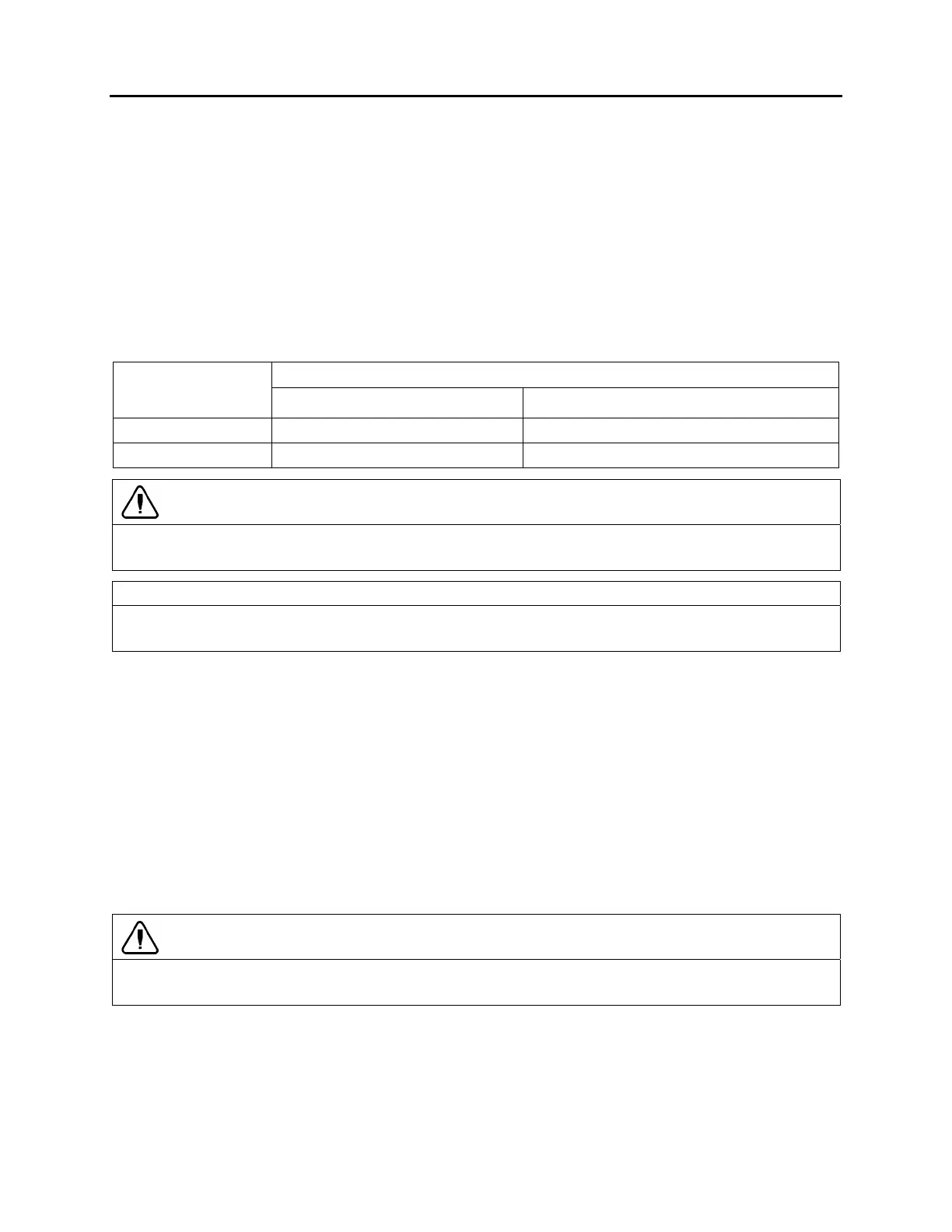Section 07: TRANSMISSION
PA1553
7
• To be sure a fluid is qualified for use in Allison transmission, check for the DEXRON-III® license numbers
on the container or consult the lubricant manufacturer. Consult your Allison Transmission dealer or
distributor before using other fluid types.
Customers may use TranSynd™/TES 295 equivalent and extend drain intervals. Equivalent TranSynd™
fluid must meet or exceed TES 295 requirements. Customers may choose from a wide variety of approved
Dexron-III® fluids.
The Transmission Fluid Operating Temperature Requirements table lists the minimum fluid temperatures at
which the transmission may be safely operated without preheating. Preheat with auxiliary heating equipment
or by running the equipment or vehicle with the transmission in «N» (Neutral) for a minimum of 20 minutes
before attempting range operation.
Transmission Fluid Operating Temperature Requirements
Minimum operating temperature
Fluid type
Celsius Fahrenheit
TranSynd™ -30 -22
DEXRON-III® -25 -13
CAUTION
Disregarding minimum fluid temperature limits can result in transmission malfunction or reduced
transmission life.
NOTE
The use of an arctic preheat kit is recommended at temperatures below -25ºF (-32ºC). If a preheat kit is
not available, the TCM will restrict full operation until the sump temperature is increased.
3.8 OIL CONTAMINATION
At each oil change, examine the drained oil for evidence of dirt or water. A nominal amount of condensation
will emulsify during operation of the transmission. However, if there is evidence of water; check the cooler
(heat exchanger) for other signs of leakage. This, however, may also indicate leakage from the engine oil
system.
3.9 METAL PARTICLES
Metal particles in the oil (except for minute particles normally trapped in the oil filter) indicate damage has
occurred in the transmission. When these particles are found in the sump, the transmission must be
disassembled and closely inspected to find the source. Metal contamination will require complete
disassembly of the transmission and cleaning of all internal and external circuits, coolers, and all other areas
where the particles could lodge.
CAUTION
If excessive metal contamination has occurred, replacement of the oil cooler and replacement of all
bearings within the transmission is recommended.
3.10 COOLANT LEAKAGE
If engine coolant leaks into the transmission oil system, immediate action must be taken to prevent
malfunction and possible serious damage. The transmission must be completely disassembled, inspected,
and cleaned. All traces of the coolant contamination must be removed. Friction clutch plates contaminated
with ethylene glycol must be replaced.

